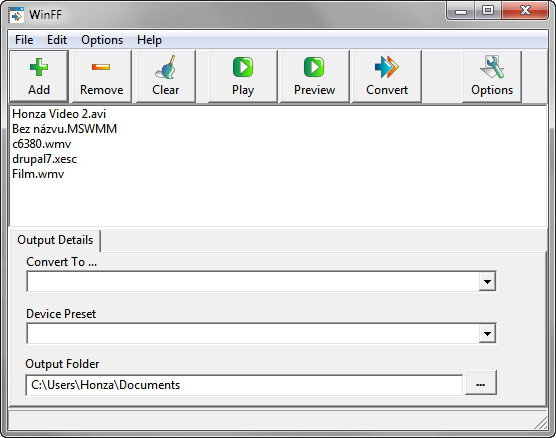

To display the details of a media file, run: $ ffmpeg -i video.mp4 We are now going to see some important and useful FFmpeg commands. The typical syntax of the FFmpeg command is: ffmpeg. If you haven't installed FFmpeg in your Linux system yet, refer the following guide. Joining Or Merging Multiple Audio/Video Parts Into One Split Audio/Video Files Into Multiple Parts Trim A Media File Using Start And Stop Times 3. Converting Video Files To Audio Files.2. Converting Video Files To Different Formats.If you can run more processes in parallel it might help, but sooner or later you'll probably saturate the network connection and more processes/CPU's won't help. If all of the buffers fill up the ffmpeg process will have to wait until it can process more. Writing your output to a remote system can cause the processing on the original system to slow down because the buffers fill up faster due to the slower IO. (I use that technique with tar as the input pretty often.) The ffmpeg docs say that the last arguement is the output file, so as weird as it may be you should put the - (dash) with spaces around it as the last argument to ffmpeg, after all of your other options are specified.

So you could do something like: ffmpeg - | ssh 'cat > /tmp/ffmpeg.out' Most commands will send their output to STDOUT if you specify - as the output file. sshĪnother option if you are in UNIX/Linux world or simulating Linux under Windows is to stream over ssh. There isn't anything specific to ffmpeg about either of those. SMB is more normal in the Windows world.


 0 kommentar(er)
0 kommentar(er)
